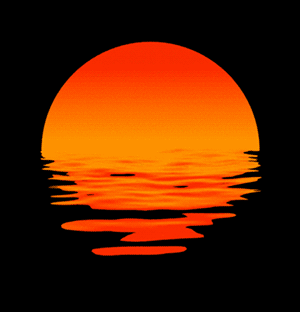 |
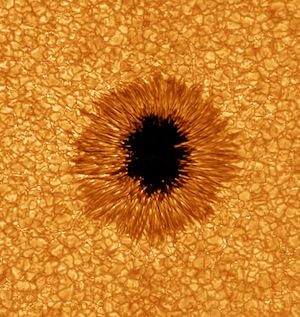 |
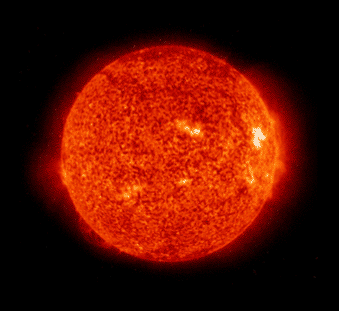 |
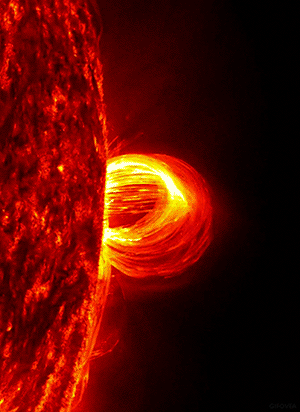 |
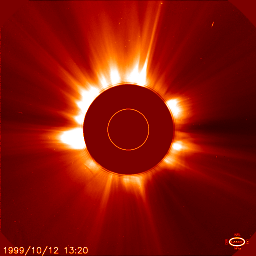 |
 |
 |
 |
 |
 |
On most Wednesdays of the semester, we will devote half of the class to a student presentation. This is an opportunity for one of you to prepare a lecture and teach the class about a topic relevant to the course. In Homework 1, I'll provide a list of the topics and dates, you will register your preferences, and I will do my best to fairly give everyone their top-most picks.
Here is the final list of who is giving which presentation (see also the listings below).
Here is the grading sheet (rubric) that I'll be using to determine scores for the presentations.
The duration of each presentation will be roughly 20 to 25 minutes. Since each presentation is on a specific date, you'll need to make sure you'll be present when it's your turn. Below is the list of topics given in Homework 1, but with added hyperlinks that take you to additional information about each topic. The links are just examples to get you started. You'll have to do some additional research that goes beyond these sources, and list those sources on a slide at the end of your presentation.
Some Tips on Giving Good Presentations:
- Guidelines for Lecturers from Stanford University's "Teaching Commons."
- Oral Presentation Advice, by Mark Hill, Computer Sciences Dept., University of Wisconsin-Madison.
- Ten Secrets to Giving a Good Scientific Talk, by Mark Schoeberl and Brian Toon, from the AGU's Atmospheric Science Division.
- Some interesting tips from Will Ratcliff on giving a presentation in the form of an engaging story (i.e., "David Attenborough style").
1. Wed., Sep. 18, The Daniel K. Inouye Solar Telescope (DKIST):
This will be the largest solar telescope in the world when it's finished in 2020. What science will it do? Is it worth the money? Have the concerns of native Hawaiians been addressed?
2. Wed., Sep. 25, We are star-stuff:
You know that the chemical elements that make up our bodies were created in outer space. But how, specifically, were the most abundant elements in our bodies produced? For example: the calcium in our bones; the iron in our blood. Where do they come from? Does knowing about this idea enrich or otherwise affect human life?
- Pop-sci feature about the origins of the elements
- An article about the field of "medical geology" (study of trace elements in the body)
3. Wed., Oct. 2, The 2012 Heliophysics Decadal Survey:
In many fields of science, people get together every 10 years or so to make grandiose plans about where their field should be heading. When NASA gets involved, this process requires multi-million dollar budgeting, too. What was this most recent (2012) process like? Are scientists on-track to fulfilling its promises for 2022?
4. Wed., Oct. 9, The 1859 Carrington Event:
September 1, 1859 was the date of the first big solar flare ever observed in detail by scientists. What really happened on that fateful day? What damage did it cause on Earth? What if something like it were to happen today?
- Historical summary of what was seen in 1859
- Summary of modern-day effects
- Technical article about dangers to astronauts
5. Wed., Oct. 16, Parker Solar Probe (PSP):
In July 2018, NASA launched a spacecraft that will fly closer to the Sun than any other has before. How will it survive the heat? What will it tell us once it gets there? Is it worth the money?
6. Wed., Oct. 23, Shields Up!
Because "space weather" can be so dangerous, should we do more to shield our civilization from it? Some have proposed giving the Earth some extra magnetic protection, and others have proposed giving Mars some, too (right now, it has none) so we can think about sending people there. Are these feasible ideas? How much would they cost?
7. Wed., Oct. 30, The Little Ice Age:
In class we will talk briefly about that time when sunspots disappeared for about 50 years. This was also a time of unusually cold temperatures on Earth. Could the lack of sunspots really have been a direct cause of this 17th century "climate change?" If so, how would that work?
- Jack Eddy's 1976 paper that first reported these connections
- A recent article about the Little Ice Age & the Sun
8. Wed., Nov. 6, Solar Cycles in the Human Body:
The 24-hour day/night cycle ("circadian rhythm") is present in many biological processes that we have little power to control. How do these rhythms affect us? Can disruptions in the cycle (like jet lag) lead to problems? Are there longer-term variations in our physiology that correspond to varying amounts of sunlight we see over the course of a year?
- A short article about biological clocks, with links
- Medical paper about Seasonal Affective Disorder (SAD)
9. Wed., Nov. 13, Fusion Power:
The Sun generates it, so why don't we? What are the proposed ways of creating and hot plasma in laboratories, and extracting usable energy from their fusion reations? There have been rosy forecasts about abundant, clean energy for a long time, and some scientists always seem to be saying "Fusion is 20 years away." So what's the deal? Will we ever get fusion power plants?
- An article on the quest for fusion power
- CU library has a great book on the US fusion program (free download)
10. Wed., Nov. 20, Biosignatures of aliens, and of us:
In the coming decades, telescopes will be able to reveal more and more details about the surfaces and atmospheres of far-away planets that orbit other stars. What kinds of observations could reveal the presence of life? If someone were observing Earth from far away, could they detect the presence of humanity? What about sci-fi scenarios in which aliens may want to be found?
- Technical paper on detecting signs of life
- Frequently Asked Questions at the SETI (Search for Extraterrestrial Intelligence) Institute